
1. Solar photothermal system: a system that converts solar energy into heat energy for heating, refrigeration and other applications, mainly in construction Including solar hot water supply, heating and air conditioning systems. Solar photovoltaic system: a power generation system that uses the photovoltaic effect to directly convert solar radiation energy into electrical energy, referred to as photovoltaic system.
2. What systems are included in the design of renewable energy building application systems: solar photothermal system, solar photoelectric system, natural lighting system.
3. - Lactic acid energy system Lactic acid energy system refers to sugarThe energy system of ATP is re-synthesized in the process of anaerobic decomposition of raw or glucose in the cytoplasm to produce lactic acid. Its maximum energy supply rate or output power is 23 J·kg-1·s-1, and the power supply duration is about 33s. Because the final product is lactic acid, it is called lactic acid energy system.
4. Building Energy Management System (BEMS), Home Energy Management System (HEMS).
Building energy conservation requires the use of the Internet of Things technology to perceive and collect data in real time with sensor devices, connect the building to the Internet through wireless network, and realize the exchange of information. And control.
Intelligent buildings in the design, construction and operation and maintenanceThe following Internet of Things technologies may be used: Automation System: Intelligent buildings need an automation system to control various equipment, such as lighting, HVAC, security and audio and video equipment.
Commercial office building: Intelligent building management system can realize intelligent management of the internal environment and equipment of commercial office buildings. Administrators can monitor and adjust the temperature, lighting and other equipment in the building in real time through the system to provide a comfortable office environment.

The main system of intelligentization in low-carbon construction. Low-carbon construction technology is still a new technology under development. The construction of China's Beijing Olympics and Shanghai World Expo has integrated the low-carbon concept.
Low-carbon construction means that when building material manufacturers produce building materials and equipment, when owners use buildings, and builders try to improve energy efficiency, reduce energy consumption and reduce carbon dioxide emissions when buildings when building and demolishing buildings. It can be seen that low-carbon buildings emphasize the energy consumption and carbon dioxide emissions of the elements that make up the building.
Low-radiation glass: By using low-radiation glass, the outward transfer of indoor heat energy caused by radiation can be greatly reduced, so as to reduce electricity consumption and achieve the goal of emission reduction.
Through low-carbon design, low-carbon energy use, low-carbon creation, low-carbon monitoring, low-carbon operation and low-carbon emissions, it creates an atmosphere of energy saving and emission reduction and highlights a concept of green environmental protection. Low-carbon emission reduction is not a matter of point, but a whole process of realization, and intelligent technology is also included in it.
1. EMS, that is, the energy management system. It is a computerized system that combines science and technology with management (technology, business, policy, etc.), which can be used to monitor, analyze, control and optimize the use, production and distribution of energy and water resources.
2. The main functions of EMS are: EMS Energy Management System is a company-level integrated intelligent system integrating data acquisition, process monitoring and energy scheduling.
3. The EMS system is an energy management system. EMS is a set of electrical energy management systems suitable for low-voltage power distribution systems with the characteristics of strong professionalism, high degree of automation, ease of use, high performance, high reliability, etc. according to the needs of users and in accordance with the standard specifications of the power distribution system.
4. The role of BMS: to ensure the normal and safe operation of the construction equipment system and the public safety system. The role of EMS: to deliver international and domestic emergency letters, documents, financial bills, commodity samples and other documents and items to users with high quality.
Binance login App-APP, download it now, new users will receive a novice gift pack.
1. Solar photothermal system: a system that converts solar energy into heat energy for heating, refrigeration and other applications, mainly in construction Including solar hot water supply, heating and air conditioning systems. Solar photovoltaic system: a power generation system that uses the photovoltaic effect to directly convert solar radiation energy into electrical energy, referred to as photovoltaic system.
2. What systems are included in the design of renewable energy building application systems: solar photothermal system, solar photoelectric system, natural lighting system.
3. - Lactic acid energy system Lactic acid energy system refers to sugarThe energy system of ATP is re-synthesized in the process of anaerobic decomposition of raw or glucose in the cytoplasm to produce lactic acid. Its maximum energy supply rate or output power is 23 J·kg-1·s-1, and the power supply duration is about 33s. Because the final product is lactic acid, it is called lactic acid energy system.
4. Building Energy Management System (BEMS), Home Energy Management System (HEMS).
Building energy conservation requires the use of the Internet of Things technology to perceive and collect data in real time with sensor devices, connect the building to the Internet through wireless network, and realize the exchange of information. And control.
Intelligent buildings in the design, construction and operation and maintenanceThe following Internet of Things technologies may be used: Automation System: Intelligent buildings need an automation system to control various equipment, such as lighting, HVAC, security and audio and video equipment.
Commercial office building: Intelligent building management system can realize intelligent management of the internal environment and equipment of commercial office buildings. Administrators can monitor and adjust the temperature, lighting and other equipment in the building in real time through the system to provide a comfortable office environment.

The main system of intelligentization in low-carbon construction. Low-carbon construction technology is still a new technology under development. The construction of China's Beijing Olympics and Shanghai World Expo has integrated the low-carbon concept.
Low-carbon construction means that when building material manufacturers produce building materials and equipment, when owners use buildings, and builders try to improve energy efficiency, reduce energy consumption and reduce carbon dioxide emissions when buildings when building and demolishing buildings. It can be seen that low-carbon buildings emphasize the energy consumption and carbon dioxide emissions of the elements that make up the building.
Low-radiation glass: By using low-radiation glass, the outward transfer of indoor heat energy caused by radiation can be greatly reduced, so as to reduce electricity consumption and achieve the goal of emission reduction.
Through low-carbon design, low-carbon energy use, low-carbon creation, low-carbon monitoring, low-carbon operation and low-carbon emissions, it creates an atmosphere of energy saving and emission reduction and highlights a concept of green environmental protection. Low-carbon emission reduction is not a matter of point, but a whole process of realization, and intelligent technology is also included in it.
1. EMS, that is, the energy management system. It is a computerized system that combines science and technology with management (technology, business, policy, etc.), which can be used to monitor, analyze, control and optimize the use, production and distribution of energy and water resources.
2. The main functions of EMS are: EMS Energy Management System is a company-level integrated intelligent system integrating data acquisition, process monitoring and energy scheduling.
3. The EMS system is an energy management system. EMS is a set of electrical energy management systems suitable for low-voltage power distribution systems with the characteristics of strong professionalism, high degree of automation, ease of use, high performance, high reliability, etc. according to the needs of users and in accordance with the standard specifications of the power distribution system.
4. The role of BMS: to ensure the normal and safe operation of the construction equipment system and the public safety system. The role of EMS: to deliver international and domestic emergency letters, documents, financial bills, commodity samples and other documents and items to users with high quality.
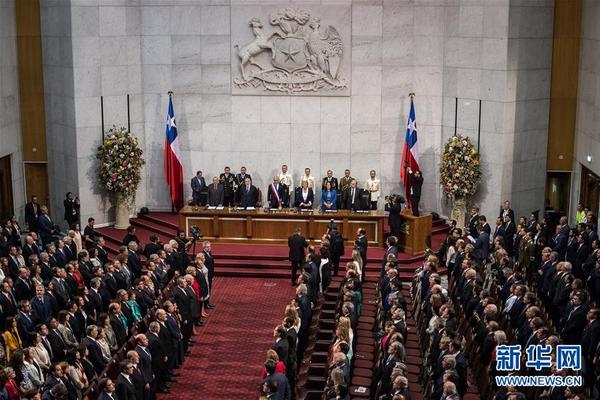 Binance US
Binance US
391.93MB
Check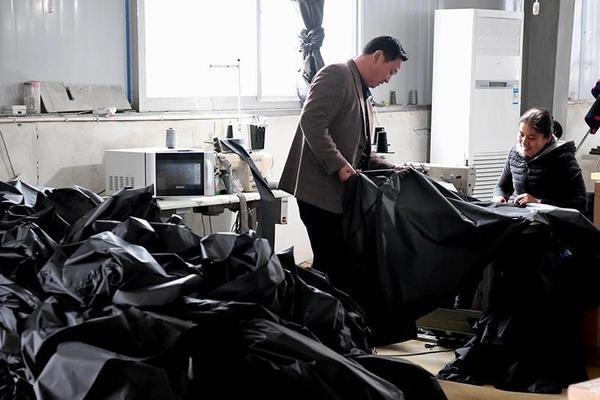 Binance app
Binance app
648.17MB
Check Binance Download for PC Windows 10
Binance Download for PC Windows 10
887.45MB
Check okx.com login
okx.com login
916.79MB
Check OKX Wallet login
OKX Wallet login
899.99MB
Check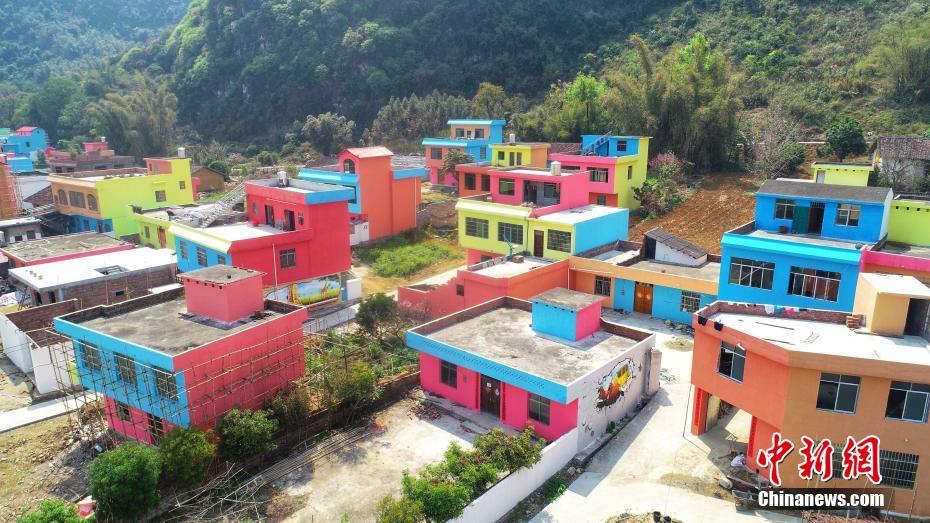 OKX download
OKX download
123.21MB
Check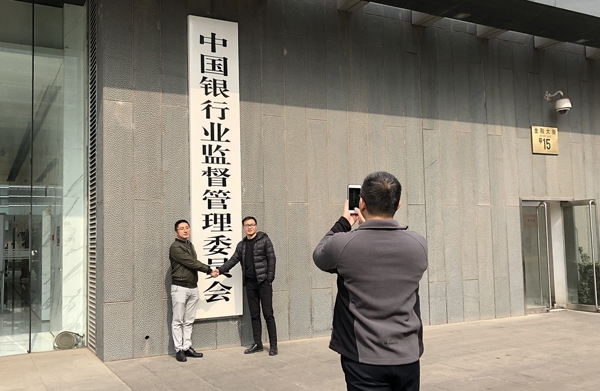 OKX Wallet app
OKX Wallet app
799.11MB
Check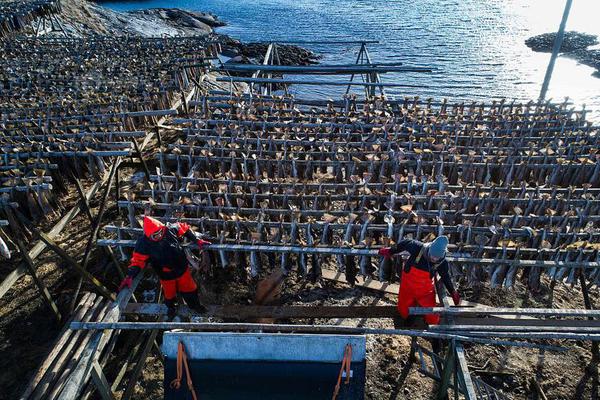 Binance app
Binance app
562.94MB
Check OKX Wallet APK
OKX Wallet APK
278.32MB
Check OKX Wallet app
OKX Wallet app
319.25MB
Check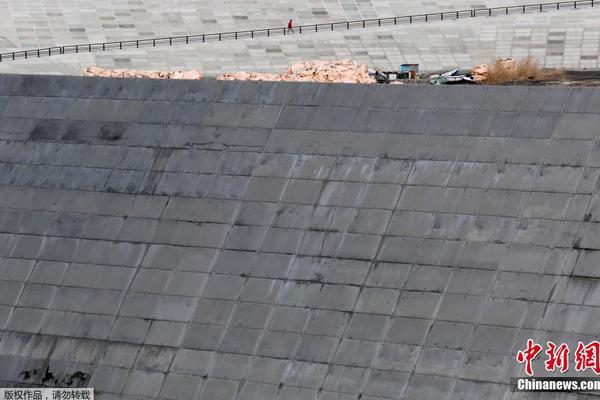 Binance app
Binance app
111.11MB
Check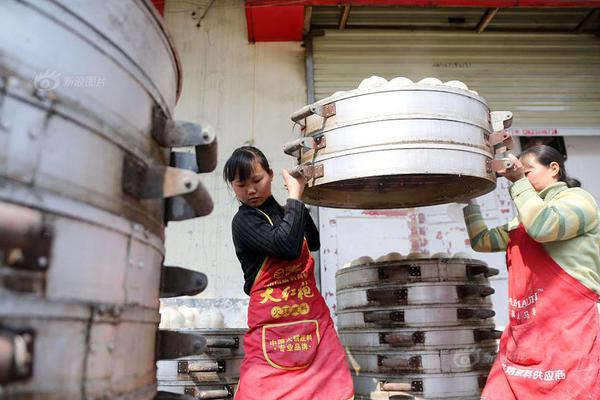 Binance download Android
Binance download Android
716.29MB
Check OKX app
OKX app
391.13MB
Check Binance app download Play Store
Binance app download Play Store
791.25MB
Check Binance login
Binance login
823.76MB
Check Binance login App
Binance login App
364.41MB
Check Binance US
Binance US
534.15MB
Check OKX Wallet login
OKX Wallet login
419.59MB
Check Binance US
Binance US
887.35MB
Check Binance US
Binance US
959.53MB
Check Binance download iOS
Binance download iOS
115.21MB
Check Binance login App
Binance login App
491.85MB
Check Binance APK
Binance APK
588.72MB
Check OKX Wallet
OKX Wallet
791.47MB
Check OKX download
OKX download
359.83MB
Check Binance wallet
Binance wallet
119.34MB
Check Binance Download for PC
Binance Download for PC
556.25MB
Check OKX Wallet app download for Android
OKX Wallet app download for Android
493.35MB
Check OKX Wallet
OKX Wallet
513.54MB
Check OKX download
OKX download
216.59MB
Check Binance download
Binance download
614.28MB
Check OKX Wallet extension
OKX Wallet extension
737.69MB
Check OKX Wallet apk download
OKX Wallet apk download
594.42MB
Check OKX Wallet app
OKX Wallet app
974.33MB
Check Binance wikipedia
Binance wikipedia
321.32MB
Check Binance app
Binance app
342.41MB
Check
Scan to install
Binance login App to discover more
Netizen comments More
2244 至人无梦网
2025-02-02 21:14 recommend
2081 畸轻畸重网
2025-02-02 20:40 recommend
349 三宫六院网
2025-02-02 20:32 recommend
1216 驷马不追网
2025-02-02 20:24 recommend
265 饥不择食网
2025-02-02 19:33 recommend